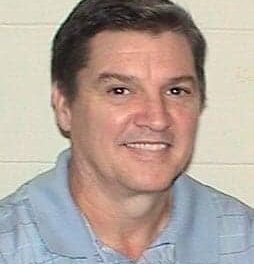 |
A couple of statements from 24×7’s December 2007 column “Up Front” caught my attention: Aware of it or not, biomedical/clinical engineering departments in hospitals are also businesses. To convince hospital administrators to hire the needed help in understaffed departments and make other changes, biomed departments must learn to convey their significant cost-saving accomplishments in bottom-line dollar amounts.
I’ve believed that clinical engineering departments have seen and marketed themselves as internal businesses delivering cost savings for all of my nearly 30 years in the field. Accepting that there may be those of you who aren’t, consider incorporating business principles and practices if for no other reason than to practice good stewardship of resources. There are myriad ways to acquire the skills. Many organizations offer professional training and educational benefits, some offer in-house training. Community colleges and universities also offer educational programs. Perhaps, most practical of all, you may be able to identify a mentor within your organization to provide guidance.
Still, many, if not most, departments have operated as a business for years, communicating the magnitude of our cost savings from service every budget cycle. But the editorial at least suggests that demonstrating cost savings has historically not been enough to justify sufficient resources. In other words, continuing to make the same pitch over and over isn’t working. In that light, it should be sobering to reflect on Albert Einstein’s description of insanity as doing the same thing over and over and expecting different results.
It’s a given that a clinical engineering department has to be able to demonstrate a cost savings. But it should by now be clear that the savings on operations that clinical engineering brings to the table is not sufficient to get it a seat there. More to the point, it has to get comfortable with forever reacting to the decisions reached there. The irony is breathtaking; how many times has clinical engineering “saved money” by fixing a problem that never would have happened in the first place had it been involved in specifying a new system? It has to be said that clinical engineering is a partner in this inefficient codependency. And only clinical engineering can break it.
But how? What else could clinical engineering bring of value to the table besides its cost savings? What is its differentiator? We know something about regulations, technologies, and engineering. Anything else?
I’ve often cited the figure of 98,000 deaths attributable to error in the Institute of Medicine’s book, To Err Is Human, by Linda T. Kohn, Janet M. Corrigan, and Molla S. Donaldson, editors; Committee on Quality of Health Care in America, Institute of Medicine. Recently, I realized that I overlooked another number, hidden in the very first sentence: “The knowledgeable health reporter for The Boston Globe, Betsy Lehman, died from an overdose during chemotherapy.” It’s easy to miss it; the number is one. Ninety-eight thousand accidental deaths in this business occur one at a time. Lowering the number requires systems that enable each unnecessary death to be avoided. And that requires understanding the point of care.
I’m reminded of the blind-men-and-the-elephant fable, where each perceived the elephant depending upon where they encountered it. Gaining a holistic perspective on the point of care is impossible without input from everyone who works there, including the engineering and technical personnel who are part of the caregiving fabric.
With the convergence of medical equipment and IT, it’s strategic for the clinical engineering voice to be present. Bringing IT to the point of care changes the point of care, and that change has to be understood as much as possible before making it. A preventable mistake may have not only operational and cost implications (more opportunities to “save money”) but also as yet unknowable safety implications. Networks provide a common thread uniting bedsides into systems of bedsides, creating the opportunity for common mode errors involving numbers of patients greater than one.
Rick Schrenker is the systems engineering manager, department of biomedical engineering, at Massachusetts General Hospital. For more information, contact .
What’s on Your Mind?Got a gripe? A recommendation? Does someone or something deserve praise? Share your opinions and insights with your peers. Soapbox columns should be 700 to 750 words in length and can be e-mailed to . |





